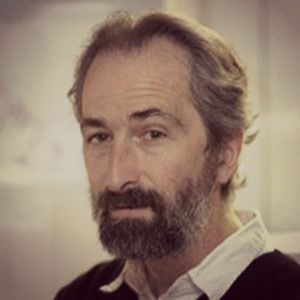
Michael Lynch
Michael Lynch is a Distinguished Professor in the Genome, Cell, and Developmental Biology program at Indiana University, Bloomington. Previous appointments have been at the University of Illinois and University of Oregon. He is a member of the US National Academy of Sciences and of the American Academy of Arts and Sciences, and former president of the Society for the Study of Evolution, American Genetic Association, Society for Molecular Biology and Evolution, and Genetics Society of America. Research interests span the field of evolutionary biology, with the primary focus currently at the level of gene structure, genomic architecture, and cell biology. Much of the lab’s focus is on the population-genetic and cellular mechanisms that facilitate or prevent various forms of evolutionary change. Although earlier work focused on phenotypic evolution and quantitative genetics, the current approach takes advantage of genomic and cell-level data to achieve a “bottom-up” approach to understanding evolution. A major theme underlying this research is the idea that many features of evolutionary change result from nonadaptive processes promoted by random genetic drift and mutation to mildly deleterious alleles. This work, which essentially serves as a null hypothesis for understanding adaptive evolution, has yielded insights into many aspects of genome and gene-structural evolution, including gene duplication, introns, gene modularity, regulation, network architecture, and the multimeric nature of proteins. Much of the lab’s work relies on the mathematical machinery of population genetics and biophysics, closely tied to empirical work drawn from several model systems, most notably the microcrustacean Daphnia, the ciliated protozoan Paramecium, and a few dozen species of prokaryotes and unicellular eukaryotes. In the area of population genomics, we are currently sequencing the genomes of ~5000 Daphnia pulex, and several hundred isolates in the cryptic and polyploid species complex of Paramecium aurelia.